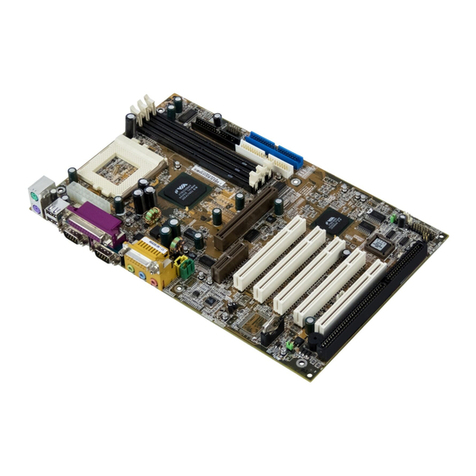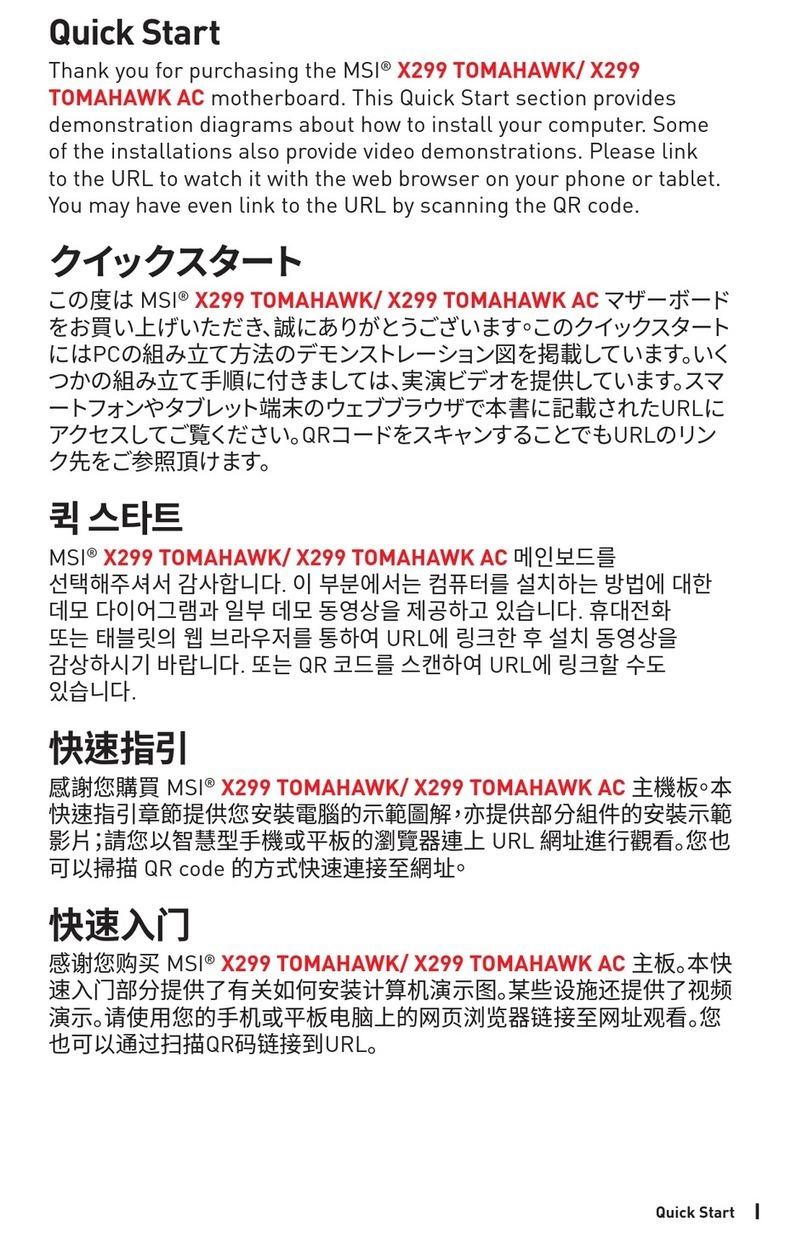MSI MS-6132 User manual
Other MSI Motherboard manuals

MSI
MSI A320M PRO-E User manual
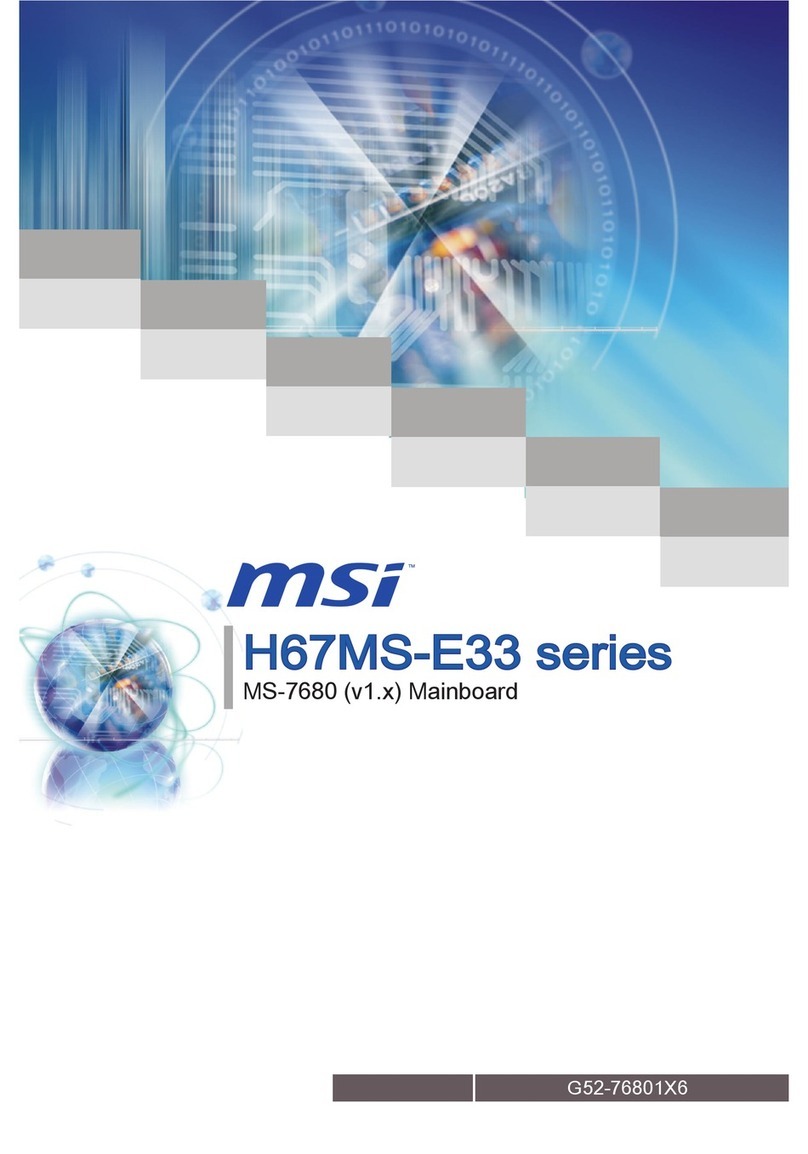
MSI
MSI H67MS-E33 series User manual
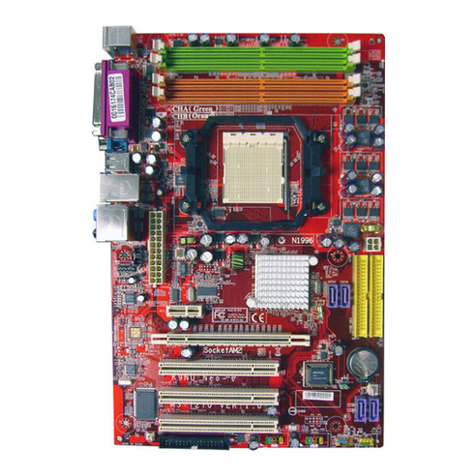
MSI
MSI MS-7270 User manual

MSI
MSI P55-CD45 series Quick start guide

MSI
MSI K9N2 SLI PLATINUM - Motherboard - ATX User manual

MSI
MSI 770-G45 Series User manual
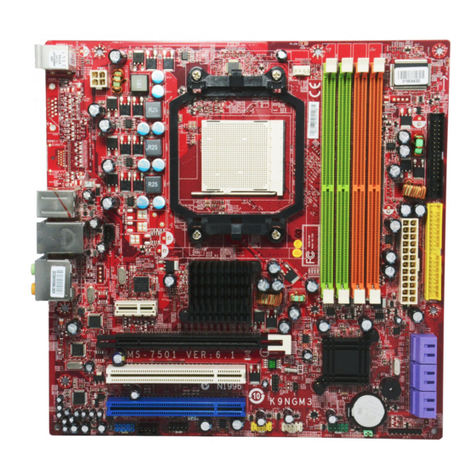
MSI
MSI K9A2GM User manual
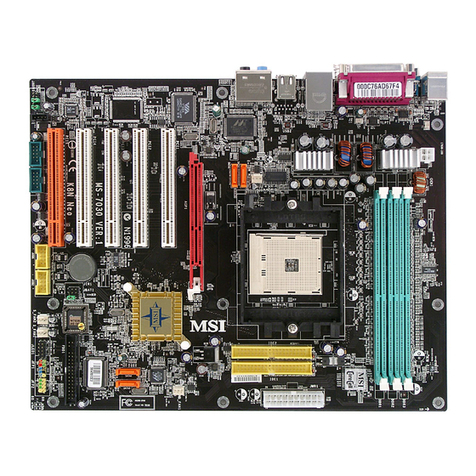
MSI
MSI K8NNeo4 Platinum Series User manual
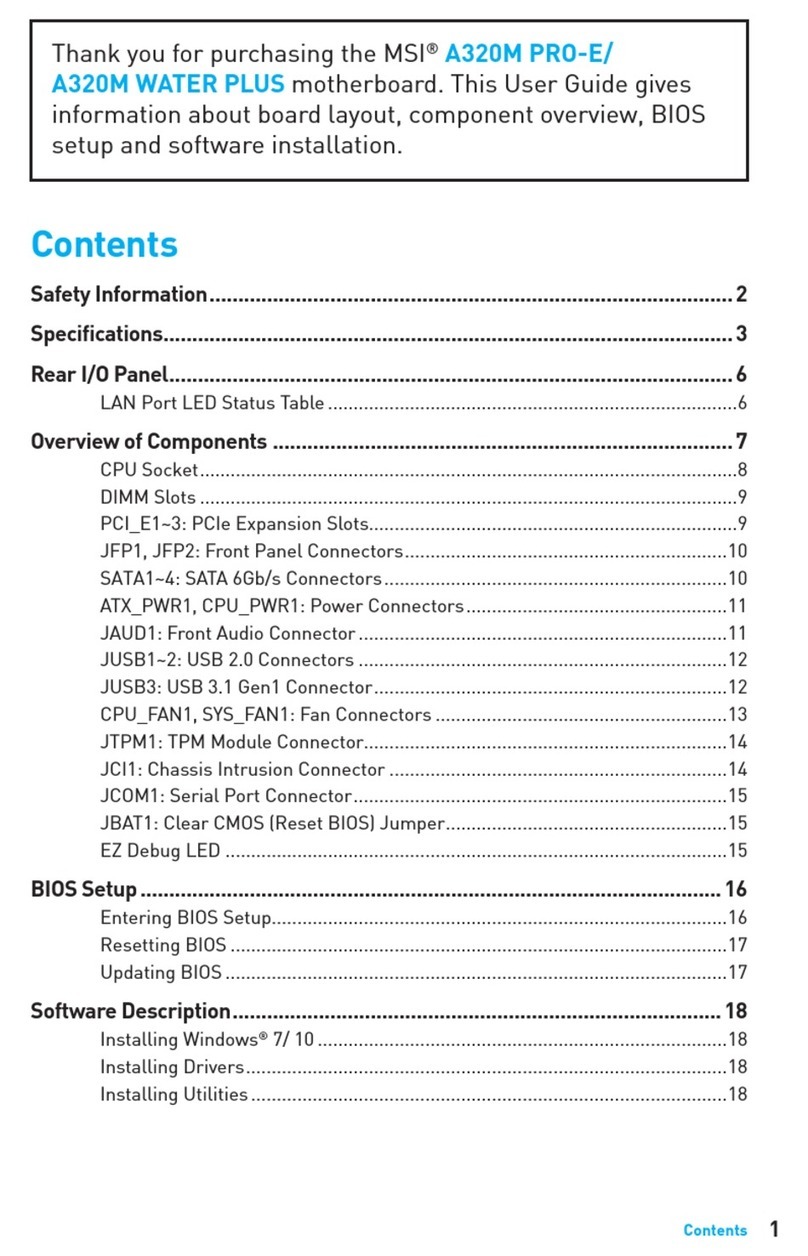
MSI
MSI A320M PRO-E User manual
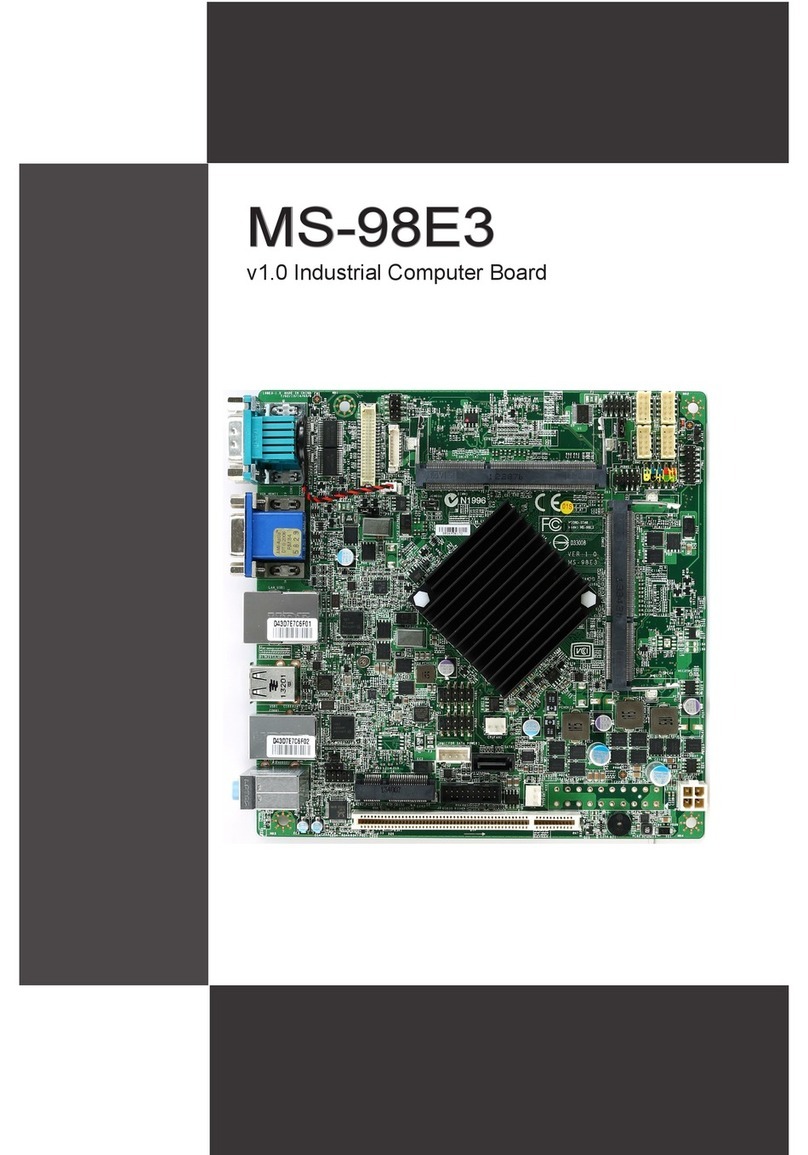
MSI
MSI MS-98E3 User manual
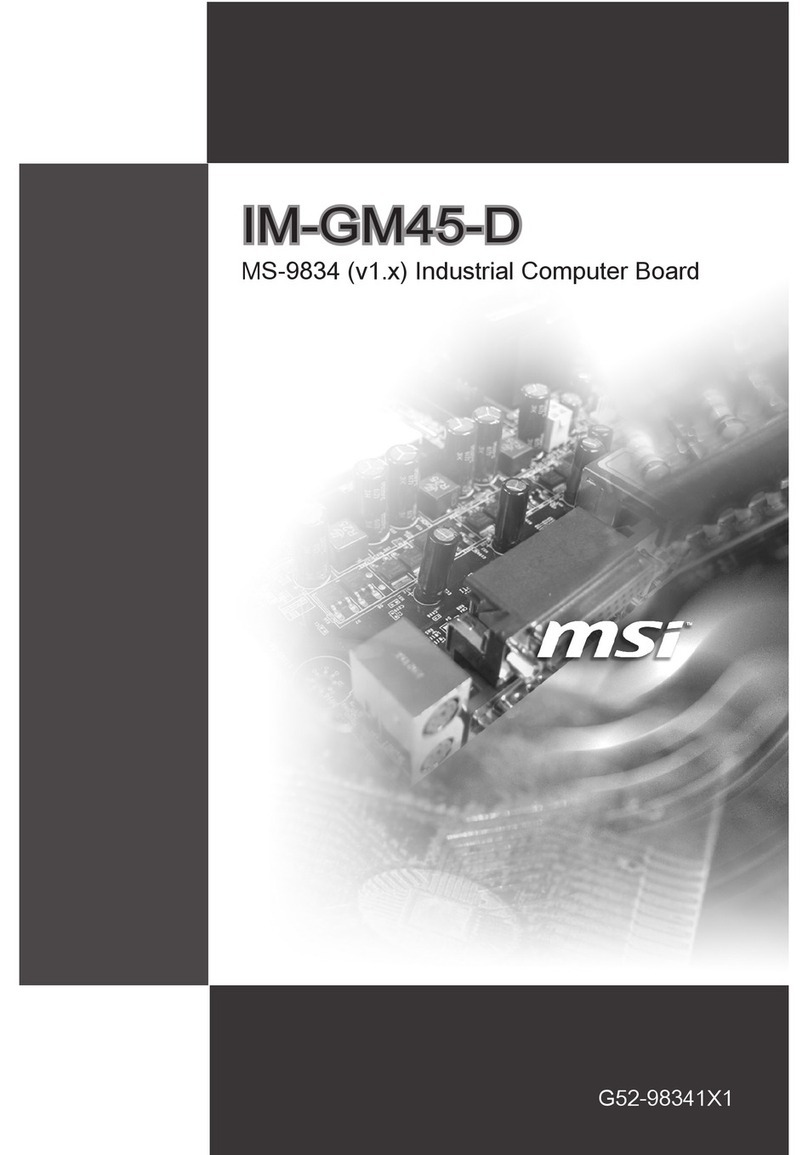
MSI
MSI IM-GM45-D User manual
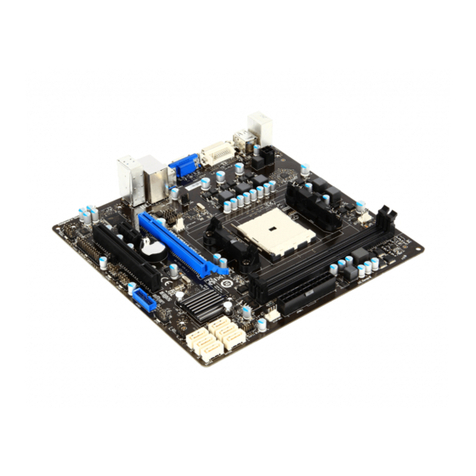
MSI
MSI FM2-A85XMA-P33 series User manual

MSI
MSI MS-7641 User manual

MSI
MSI PRO B550-P GEN3 User manual

MSI
MSI 645 Ultra MS-6547 User manual

MSI
MSI 760GA-P43 FX User manual
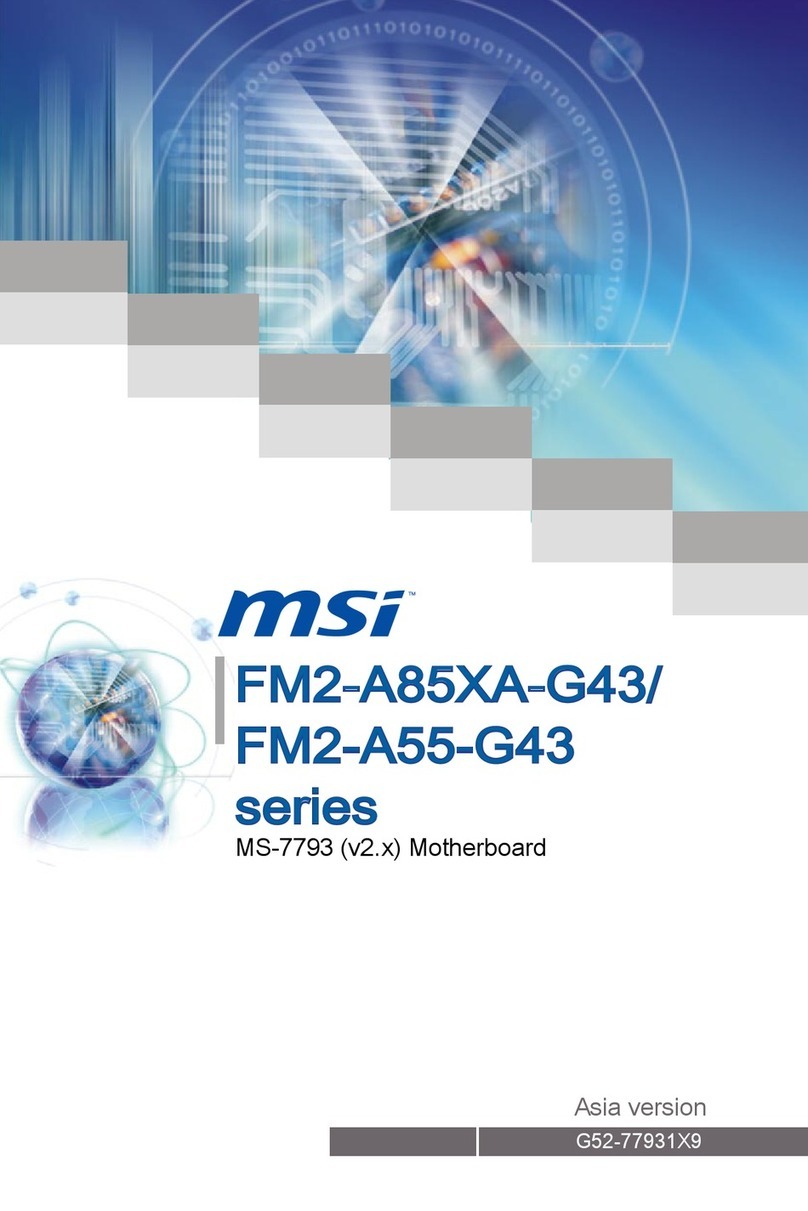
MSI
MSI FM2-A85XA-G43 series User manual

MSI
MSI Z170A KRAIT GAMING User manual
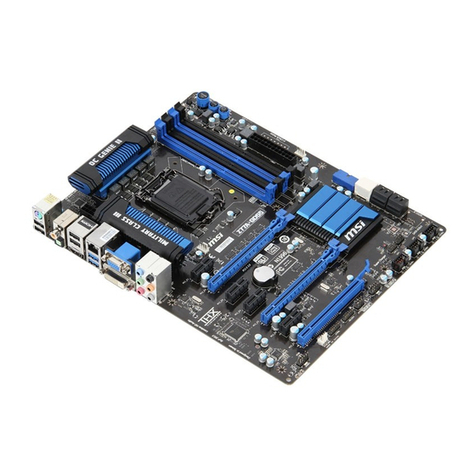
MSI
MSI Z77A-GD55 series User manual
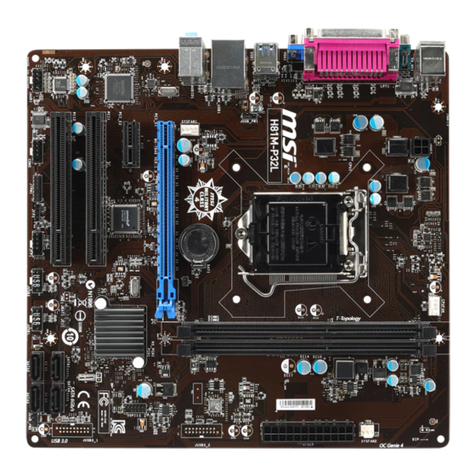
MSI
MSI H81M-P32L User manual


